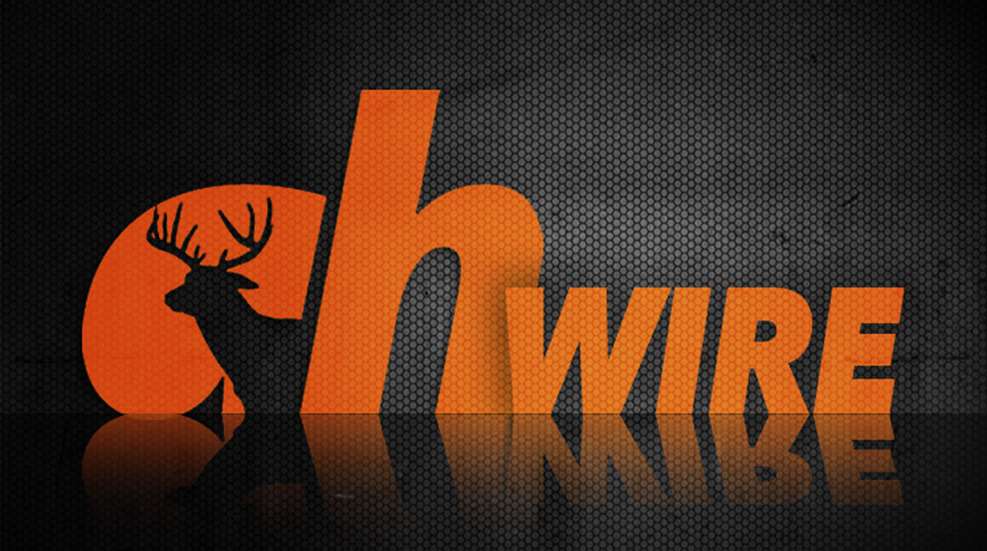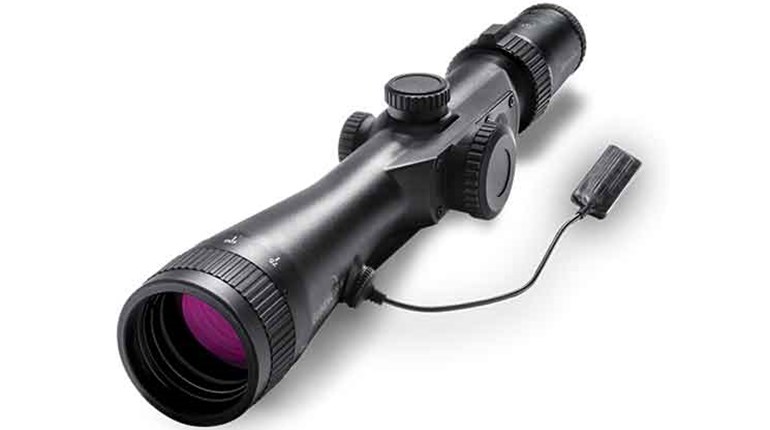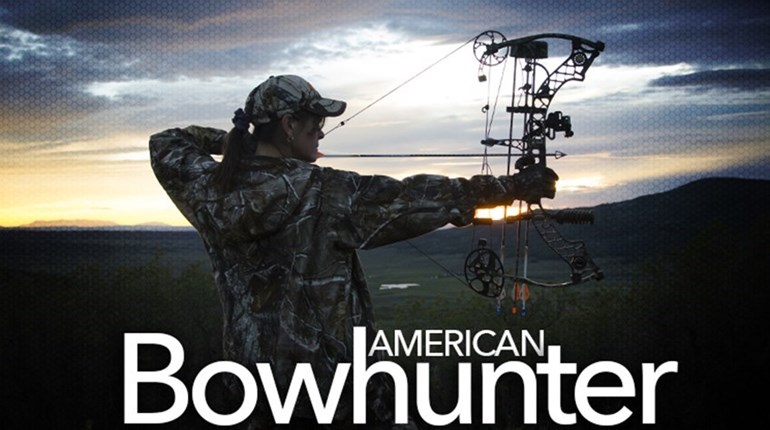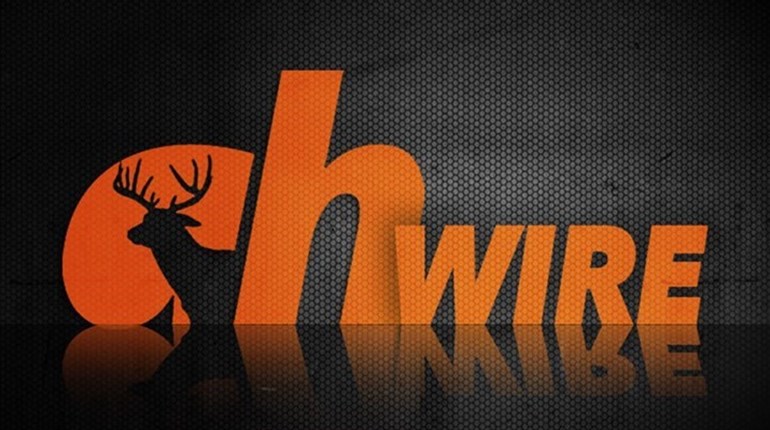
Let’s face it, when compared to something as large as a 200-pound whitetail deer, a 20-pound wild turkey just doesn’t present a lot of penetration problems for bowhunters. Even a 40-pound compound bow shooting light arrows will have enough kinetic energy to pass right though the bird.
There are two other problems to consider, however. First, a turkey’s vital area is pretty small, about the size of a softball. That means you have to precisely place your arrow into this small spot on a bird that is usually moving a little. Second, turkeys leave little in the way of tracks or a blood trail to follow should they be hit poorly. If you wound them and they fly or run off, recovery is iffy at best.
For that reason, shooting a broadhead with a large cutting diameter is highly recommended when turkey hunting. This need, plus the ease at which a complete pass-through can be achieved, are why expandable heads are so popular with experienced turkey bowhunters.
Think about it. Most replaceable-blade broad heads shot by deer hunters have a cutting diameter of between 1 and 1 ¼ inch. When opened up, mechanicals have a cutting diameter of between 1 ¾ and 2 ¼ inches. That’s a huge difference—especially in relation to the small vital area of the average gobbler.
There is a slew of good mechanical broadheads available. Over the years I have tried several, most recently the Rage 2- and 3-blade models, New Archery Products’ Spitfire Gobbler Getter 3-blade and Swhacker 2-blade, all 100-grain heads. Each flies really well and cuts a huge hole in a turkey’s breast. But basically, if it will work for deer, it will work for turkeys.
In terms of penetration, this is definitely a case where less is more. By that I mean many bowhunters intentionally shoot a set-up with a good chance that their arrows will stay in the bird and not pass completely through. The theory here is that with a foot or more of arrow shaft sticking out each side, a turkey’s ability to run or fly off before the archer can reach him is severely impaired. This will help you recover the bird before he gets to thick, tall brush and becomes hard to find.
The broadhead itself can help this somewhat. The Gobbler Getter, for example, has a roundish tip that slows penetration as opposed to the sharpened point of the standard Spitfire. Three-blade heads do not penetrate as deeply as two-blade models and also offer more total cutting surface. There are also small devices with four wire fingers you can slip over the broadhead’s ferrule before you screw it into the arrow shaft that will slow down penetration. I’ve tried these before and, while I’m not a big fan of them, I have a couple of buddies who use them religiously.
Remember that, while you may want to impede penetration a bit, the one way you do not want to do this is by using a broadhead will dull blades. In all bowhunting endeavors, you must only use blades so sharp they scare you and that will cleanly slice through flesh, internal organs and blood vessels.
On a recent hunt to South Dakota, I shot a 20 ¼-pound, 4 ½-year old gobbler at 10 yards using a 100-grain Swhacker. On the same afternoon, I saw Easton’s Gary Cornum paste a 20-pounder at 15 yards using a 3-blade Gobbler Getter. The broadheads may have been different, but the results were the same—both birds didn’t make it very far, and the exit holes made by the broadheads were big enough to stick several fingers through.




































